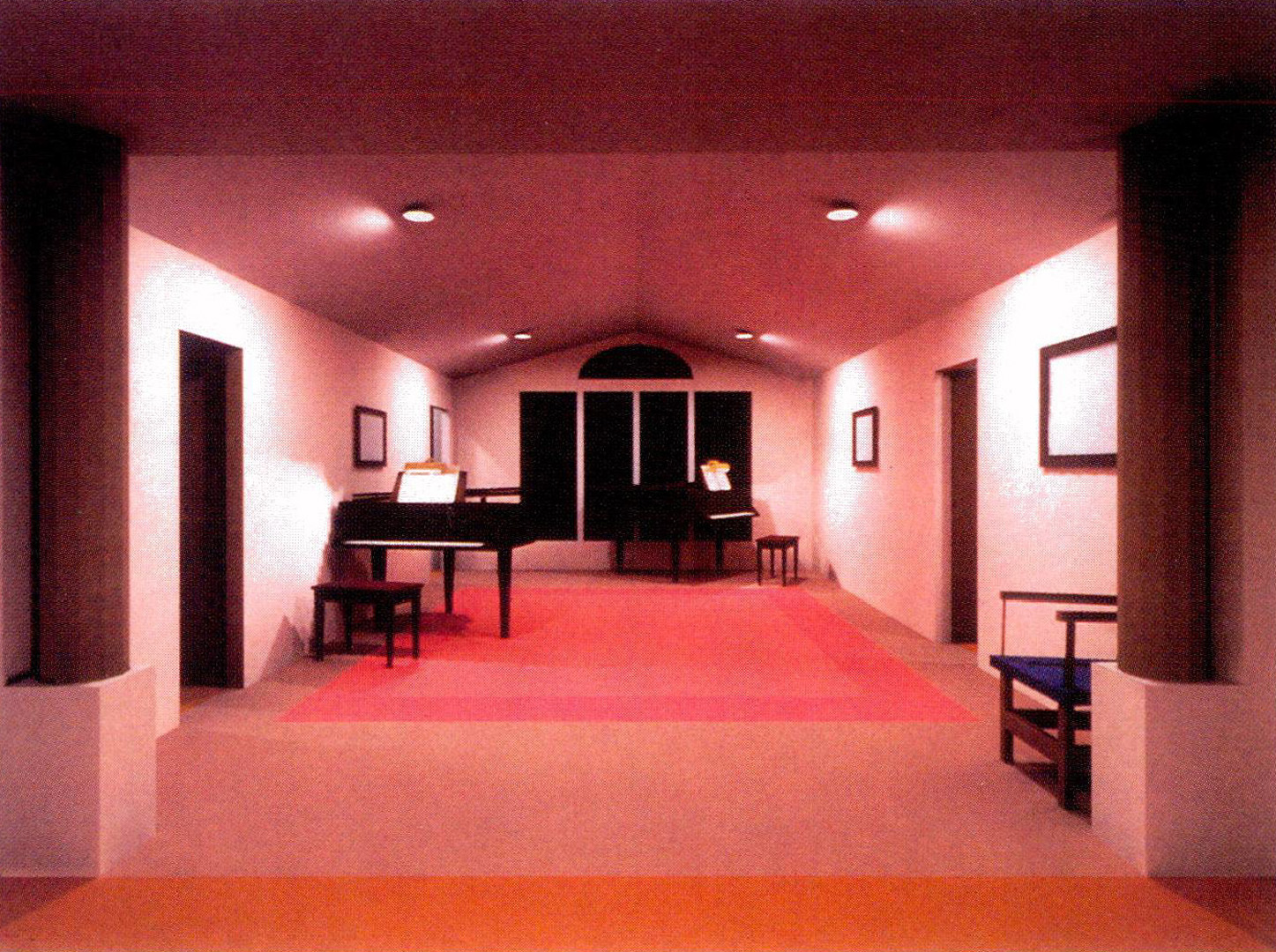“Making radiosity usable: automatic preprocessing and meshing techniques for the generation of accurate radiosity solutions” by Baum, Mann, Smith and Winget
Conference:
Type(s):
Title:
- Making radiosity usable: automatic preprocessing and meshing techniques for the generation of accurate radiosity solutions
Presenter(s)/Author(s):
Abstract:
Generating accurate radiosity solutions of real world environments is user-intensive and requires significant knowledge of the method. As a result, few end-users such as architects and designers use it. The output of most commercial modeling packages must be substantially “cleaned up” to satisfy the geometrical and topological criteria imposed by radiosity solution algorithms. Furthermore, the mesh used as the basis of the radiosity computation must meet several additional requirements for the solution to be accurate.A set of geometrical and topological requirements is formalized that when satisfied yields an accurate radiosity solution. A series of algorithms is introduced that automatically processes raw model databases to meet these requirements. Thus, the end-user can concentrate on the design rather than on the details of the radiosity solution process. These algorithms are generally independent of the radiosity solution technique used, and thus apply to all mesh based radiosity methods.
References:
1. Akeley, Kurt and Tom Jermoluk, “High Performance Polygon Rendering,” Computer Graphics (SIGGRAPH ’88 Proceedings), Vo122. No. 4., August 1988. pp. 239-246.
2. Baehann, Peggy L., Scott L. Wittchen, Mark S. Shepard, Kurt R. Grice, and Mark A. Yerry, “Robust, Geometrically Based, Automatic 2D Mesh Generation,” Int. Journal for Numerical Methods in Engineering, Voi. 24, 1987, pp. I043-1078.
3. Baum, Daniel R., Holly E. Rushmeier, and James M. Winget, “Improving Radiosity Solutions Through The User of Analytically Determined Form-factors,” Computer Graphics (SIGGRAPH “89 Proceedings), Vol. 23. No. 3, July 1989, pp. 325-334.
4. Bullis, James M., “Models and Algorithms for Computing Realistic Images Containing Diffuse Reflections,” Master’s Thesis, U. of Minnesota, 1989.
5. Campbell, A. T. III. and Donald S. Fussell, “Adaptive Mesh Generation,” Computer Graphics (SIGGRAPH ’90 Proceedings), Vo124. No. 4., August 1990. pp. 155-164.
6. Chew, L. Paul, Guaranteed-Quality Triangular Meshes, Technical Report TR 89-983, April 1989, Department of Computer Science, Comell University, Ithaca, New York.
7. Cohen, Michael F. “A Radiosity Method for the Realistic Image Synthesis of Complex Diffuse Environments,” Master’s Thesis, Cornell U., August 1985.
8. Frey, William H., “Selective Refinement: A New Strategy For Automatic Node Placement in Graded Triangular Meshes,” Int. Journal for Numerical Methods in Engineering, Vol. 24, 1987, pp. 2183-2200.
9. Haeberli, Paul and Kurt Akeley, “The Accumulation Buffer: Hardware Support for High-Quality Rendering,'” Computer Graphics (SIGGRAPH “90 Proceedings), Vol. 24, No. 4, August, 1990.
10. Hall, Mark and Joe Warren, “Adaptive Polygonalization of Implicitly Defined Surfaces,” IEEE Computer Graphics & Applications, Vol. 10, No. 6, Nov. 1990, pp. 33-42.
11. Hanrahan, Pat and David Salzman, “A Rapid Hierarchical Radiosity Algorithm for Unoccluded Environments,” Proc. of Eurographics Workshop on Photosimulation, Realism and Physics in Computer Graphics, Rennes, France, June 1990, pp. 151-171.
12. Heckbert, Paul S. and James M. Winget, “Finite Element Methods for Global mumination,” tech memo, CS Division, EECS Dept., U.C. Berkeley, May 1991.
13. Hugues, Thomas J. R., The Finite Element Method. Prentice-Hall, Englewood Cliffs, NJ, 1987.
14. Kela, Ajay, “Automatic Finite Element Mesh Generation And Self-Adaptive Incremental Analysis Through Geometric Modeling,” Doctoral Dissertation, Univ. Of Rochester, January 1987.
15. Lathrop, Olin, David Kirk and Doug Voorhies, “Accurate Rendering by Subpixel Addressing,” IEEE Computer Graphics & Applications, Vol. 10, No. 5, Sept. 1990, pp. 45-52.
16. Segal, Mark and Carlo H. Sequin, “Partitioning Polyhedral Objects Into Non-intersecting Parts,” IEEE Computer Graphics & Applications, Vol. 8, No. 1, Jan. 1988, pp. 53-67.
17. Segal, Mark, “Using Tolerances to Guarantee Valid Polyhedral Modeling Results,” Computer Graphics (SIGGRAPH ’90 Proceedings), Vo124. No. 4., August 1990. pp. 105-1 I4.
18. Seuss, Dr. “The Sneetches,” in The Sneetches and Other Stories, pp. 2-25, Random House, NY 1953.
19. Shamos, Michael I. and Franco P. Preparata, editors, Computational Geometry: an Introduction, Springer- Verlag, 1985.
20. Wallace, John R., Kells A. Elmquist and Eric A. Haines, “A Ray Tracing Algorithm for Progressive Radiosity,” Computer Graphics (SIGGRAPH “89 Proceedings) Vol. 23. No. 3, July 1989, pp. 315-324.




